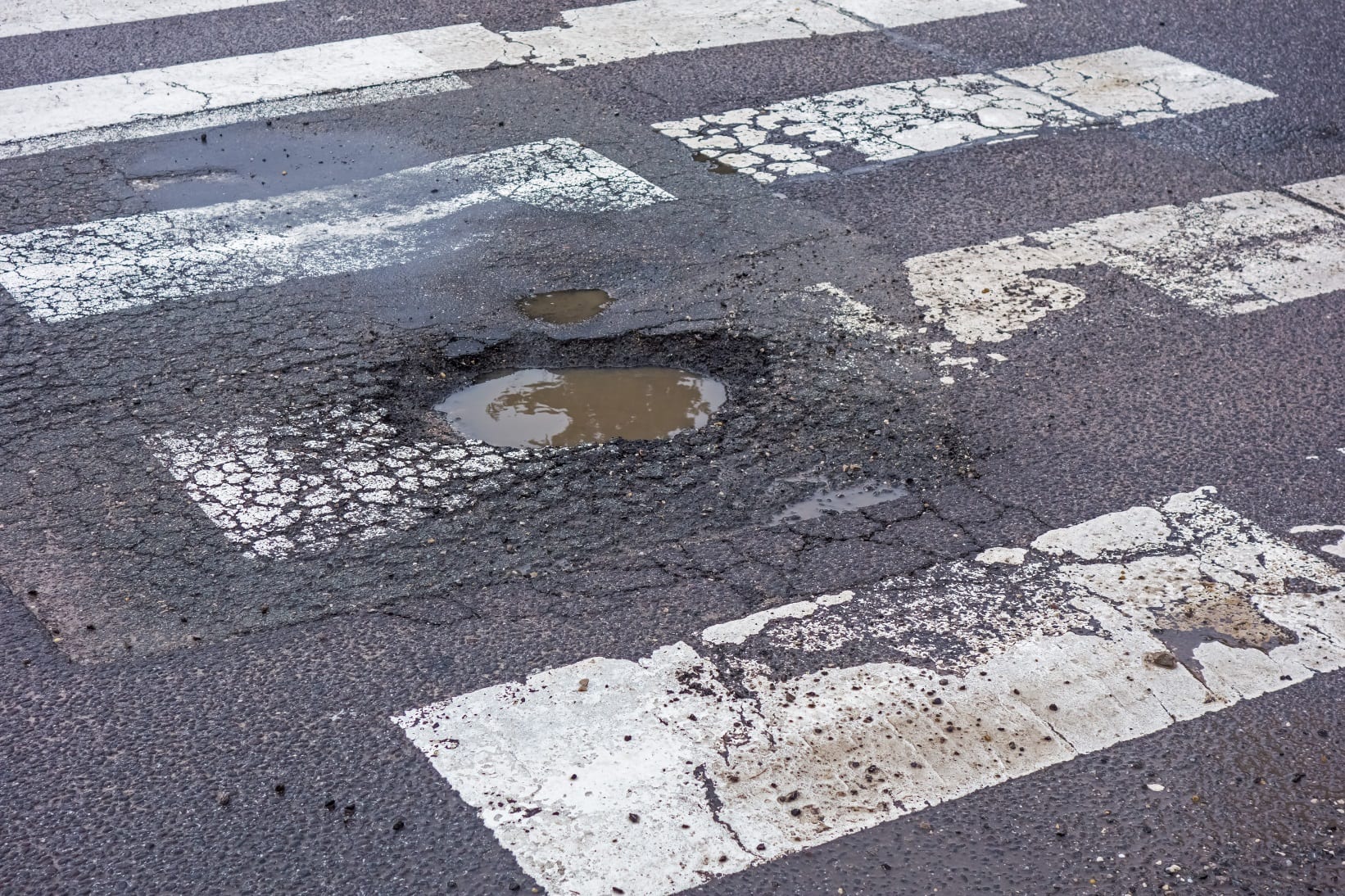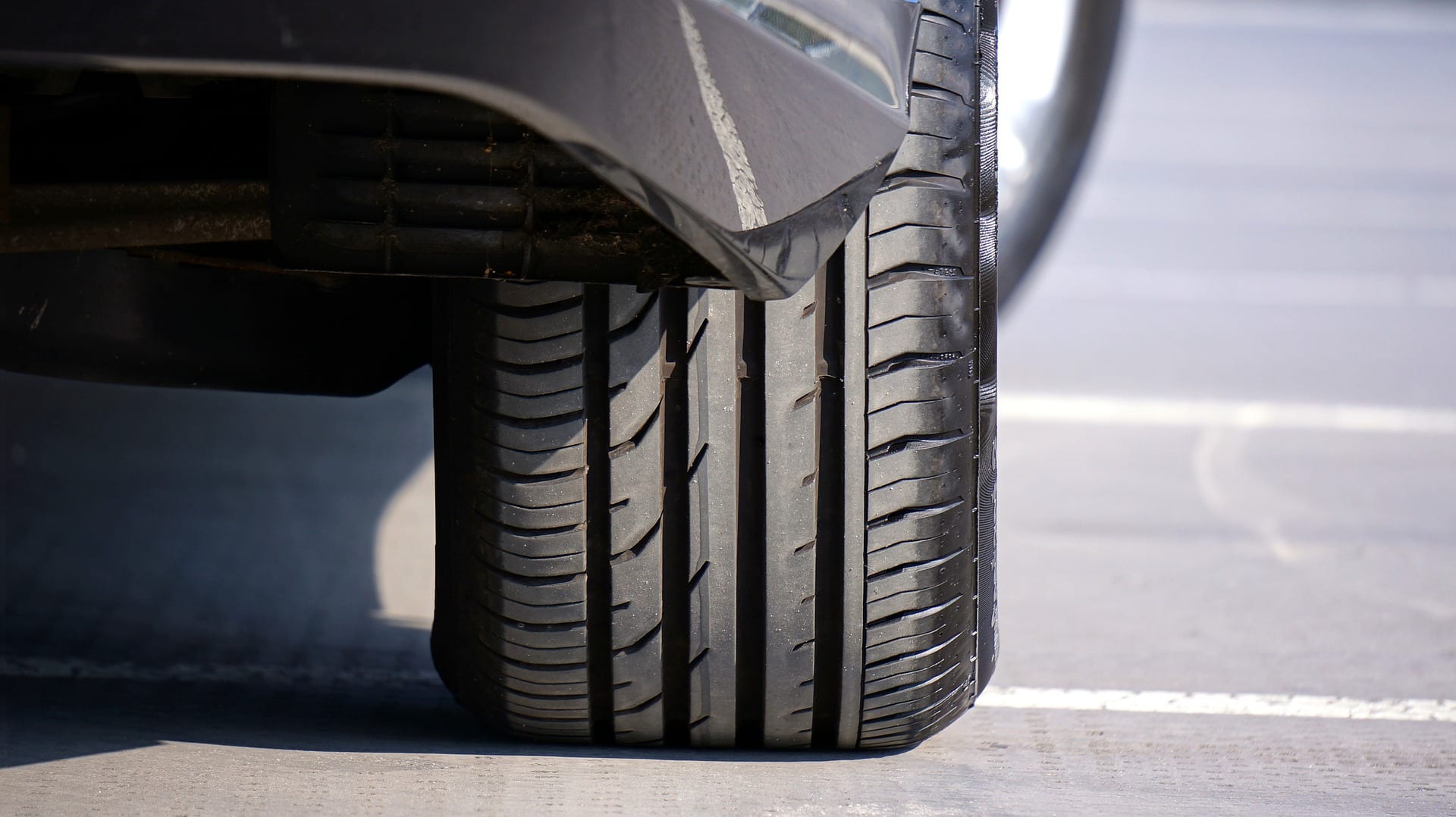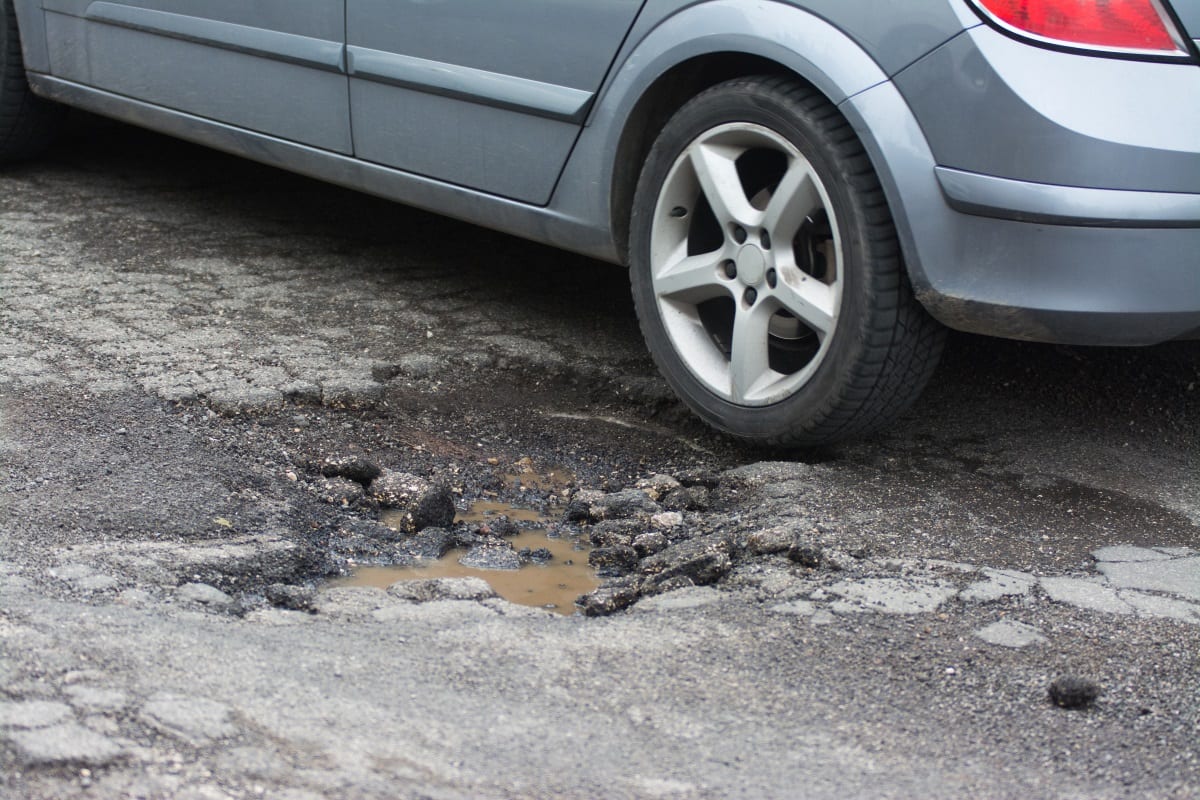Although you might not see them driving along roads across the UK, the chances are you will feel potholes as they send a shudder up the spine of you and the vehicle.
They are an increasing problem even for the best drivers in the UK, with accidents involving pothole-related repairs on the rise and other road users such as cyclists at a higher risk of being thrown from their saddles. This has come to the attention of the government and they have promised to spend more on repairing potholes with the previous Chancellor Philip Hammond stating an extra £420 million will be provided to councils to deal with the problem.
Winter is a hotbed for potholes and with the season on the horizon, we look at how potholes are formed, what to do if you find a nuisance one and the kind of damages they can cause.
How are potholes formed?

Potholes are collapsed areas in the tarmac and result from the pressure of traffic and bad weather becoming a menace for motorists.
Summit Engineer explains why you see more potholes in winter than any other time of the year: “They are caused by the expansion and contraction of groundwater after the water has entered into the ground under the pavement. When water freezes, it expands. Think of when ice cubes are made. A tray full of water is put into the freezer, and when you remove the tray from the freezer, you will notice the water has expanded.
“This same effect happens when water gets into the ground under the pavement. If it has a chance to freeze, it will take up more space under the pavement, and the pavement will expand, bend, and crack, which weakens the material pavement.”
What should you do if you find a pothole?
As the winter months are when potholes usually spring up it is something you need to start looking out for. If you do find a nuisance pothole that you want to report as it is dangerous to road users, there are steps you can follow.
- Take photos – Photograph the pothole to show its depth and if it has done damage to your vehicle you should also take photos of it.
- Record important details – On top of taking photographs, you need to make a note of information such as the road name and where on the road the pothole is located.
- Report the pothole – You can report potholes via councils’ websites. To find out which council maintains the road you should check the Directgov website.
- Make a claim – If the pothole has caused damage to your car you should make a claim for it. Contact the council to find out if they will reimburse you and what information you need. You can also contact your insurance firm to cover the costs and even if it isn’t your car and you just have day insurance for the car you can still make the claim. Before you start the process, you need to get a quote to fix it.
The Drive, a car blog, spoke to us and gave us more detail about how you can report a pothole in the UK.
“Local Councils are responsible for fixing potholes on local roads and all of them have a place on their websites where potholes can be reported and supporting information transmitted. If the pothole is on a motorway or A road then Highways England, Traffic Wales, Transport Scotland or the Department of Infrastructure (for Northern Ireland) is responsible and you should contact them instead. Some other organisations will also receive your pothole report and pass them onto the relevant organisation; Fill That Hole, Fix My Street.”
“Before you make a report collect some information, for example; take pictures of the pothole so its location and size can be identified easily. You will not be able to do this on a motorway of course as it will be too dangerous. You will just have to make a note of the location and which lane you are in. If you think the pothole is particularly dangerous because of its size or position, then make of note of why you believe this to be the case.”
Road Web says you can make a personal injury claim if you have been hurt in an accident that involved a pothole.
“You can claim for damage to your car or bike caused by a pothole and you can make a personal injury claim.
“Take pictures of the damage and the pothole and get quotes for repairs or medical treatment and associated costs. You can use the same webpages for making a claim as you did for reporting the pothole.”
What kind of damage can a pothole make?
Tyres

Tyres are the only part of the car that touch the road, so naturally, they are most susceptible to be damaged as a result of driving over a pothole.
Potholes often have hard edges, and this can slice the rubber of the wheel on impact to cause a puncture.
The Car Blog told us how tyres can get damaged: “The most common type of damage that potholes cause is to your tyres. Driving over a pothole can cause an immediate burst or puncture which is obvious, but they can also cause other types of damage which reduce the life span of your tyres or even make them unsafe. If you drive over a pothole check the affected tyre(s) as soon as it is safe to do so.
“Look for bulges in their sidewalls or damage to the treads. Those of you who have low profile tyres are most at risk from this type of damage. You can reduce the chance of pothole damage by making sure your tyres are inflated to their recommended pressure.”
Wheels

Potholes can cause damage to your wheels and the impact can see a wheel get chipped, cracked or even get bent.
A bent wheel won’t roll smoothly and won’t form an airtight seal with your tyre, chips are easy to spot, while cracks can be harder to spot along the wheel rim or on one of the spokes. Sometimes a bent wheel can be mended but chipped and cracked wheels will need to be replaced.
The Car Blog told us what drivers should do if they notice their wheel has been dented, cracked or a chunk is missing.
“If you notice this type of damage, take your car to a specialist straight away as damaged wheels can fail suddenly and are very dangerous.”
Suspension

A car’s suspension is designed to absorb impact to provide a smooth ride, but there is a limit to how much it can take. A jarring hit against potholes can cause several problems with your vehicle’s suspension, such as broken ball joints, damaged shocks and misalignment.
A qualified mechanic can fix a suspension that is misaligned, but until they do you might notice that your car pulls in a certain direction, the tyres wear unevenly, or the steering wheel is off centre.
Other tell-tale signs that your suspension is damaged is that you’ll notice strange sounds, unusual vibrations, poor ride quality or the vehicle slightly leaning to one side.
Exhaust

Exhaust pipes are commonly damaged when a car hits a pothole. If it is a deep pothole it can even cause your car to bottom out and potentially dent or rip a hole in your exhaust pipe, catalytic converter or muffler.
Signs that your exhaust has been damaged could be a loss of power, loud noises that suggest a hole has been created or more fumes being released.
A leaky pipe could cause fumes to be released into the cabin of the car that can cause the driver and passengers serious health hazards.
No matter whether you are renting a car for a few days and have ordered cheap short term car insurance or are driving in your family car, if you hit a pothole you should be aware of the options you have to report a pothole and damage they can cause to your vehicle.



